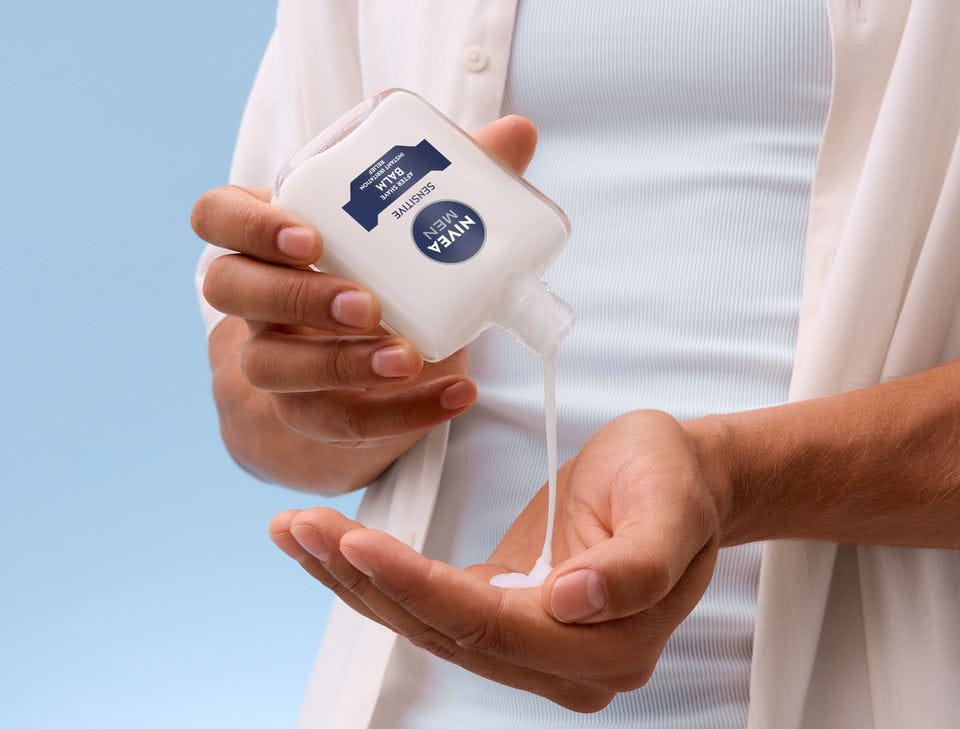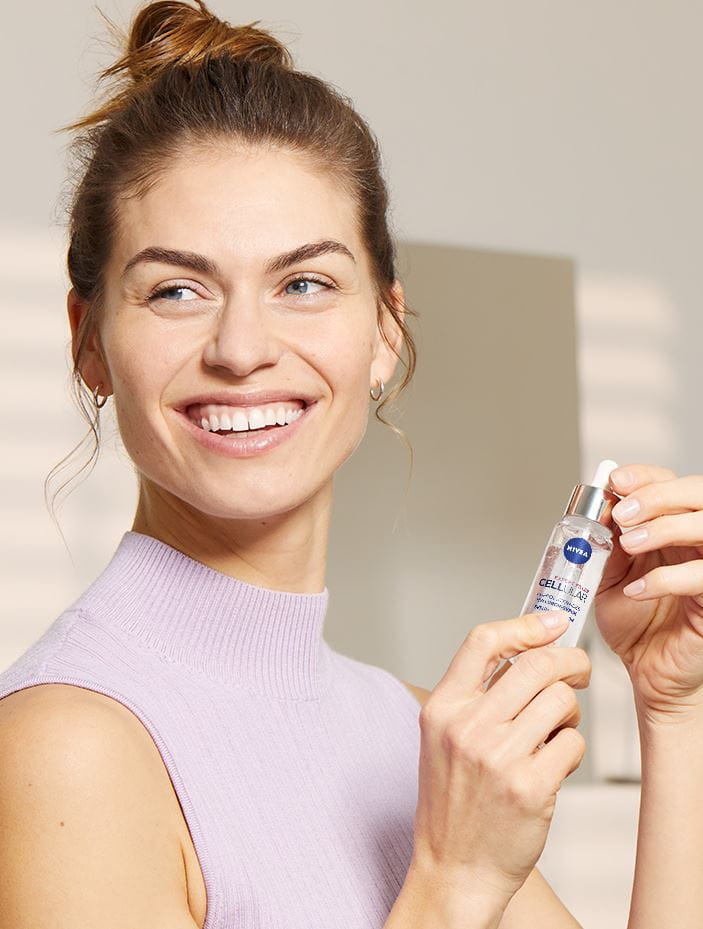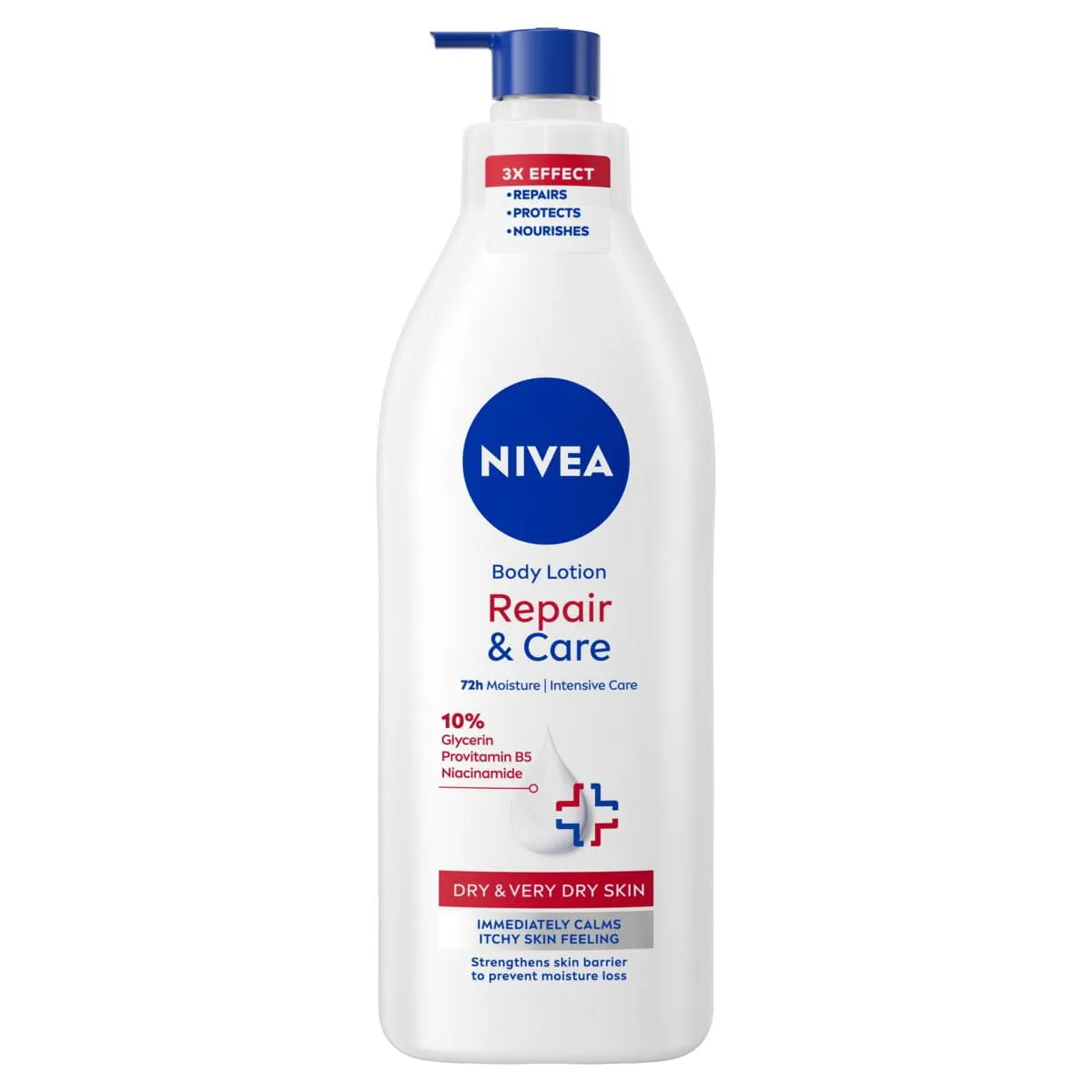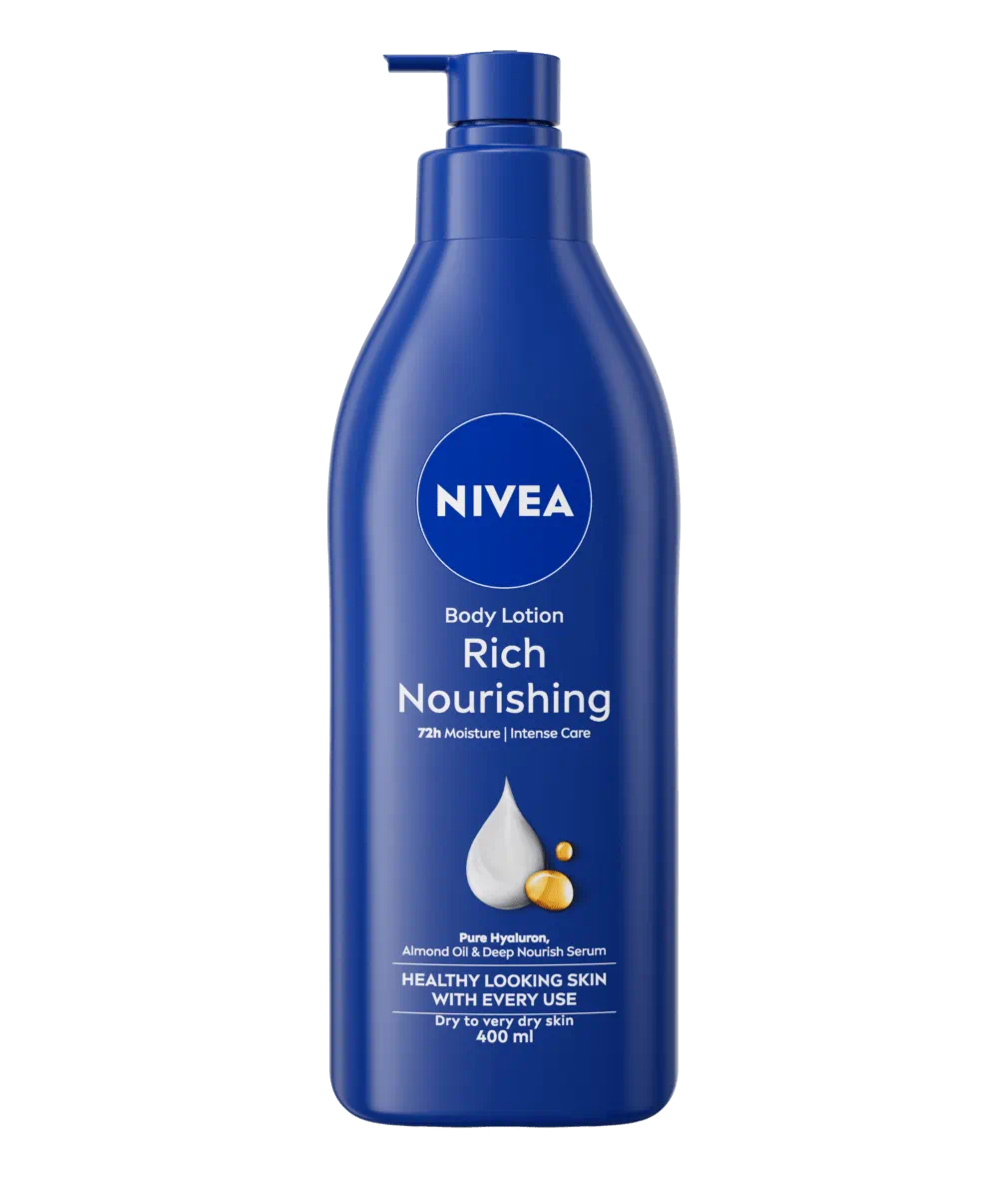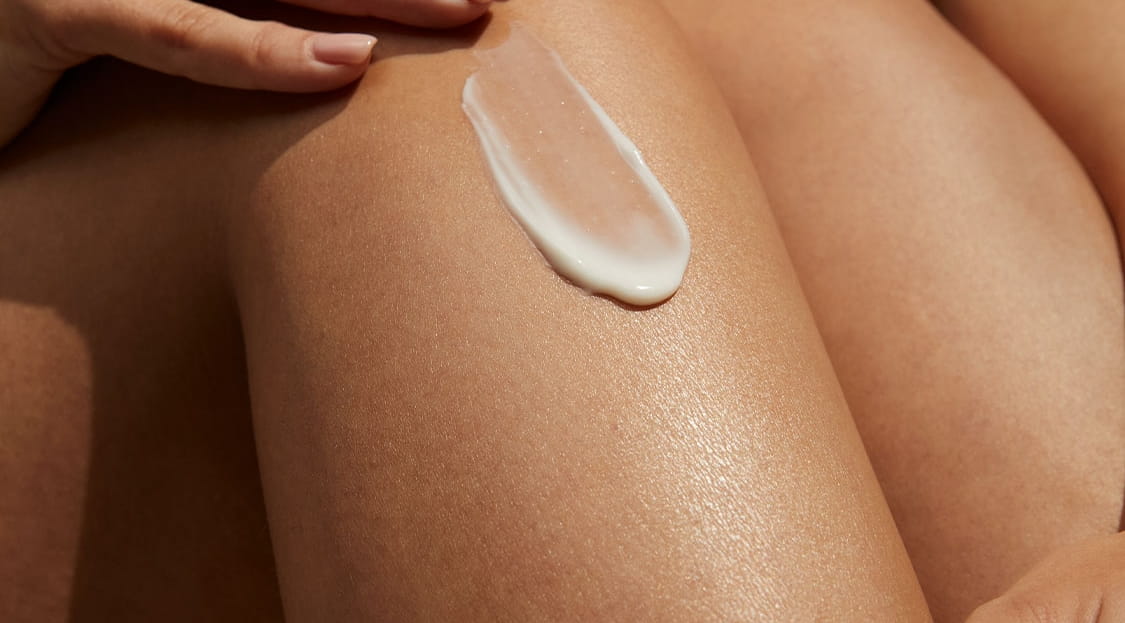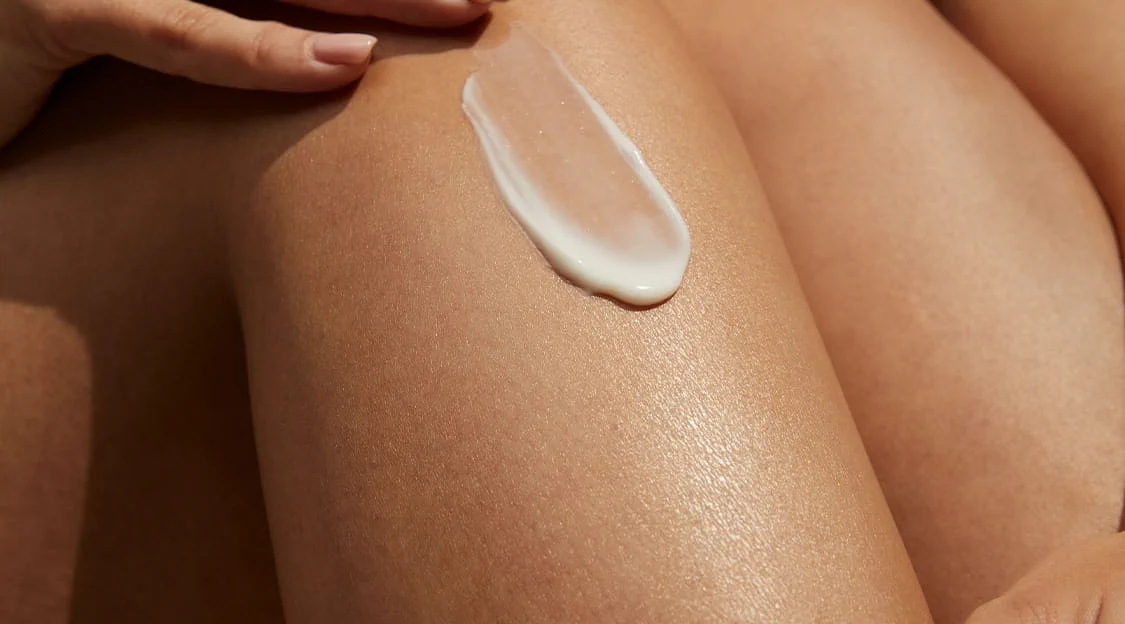
What Causes Dry Skin and How Can It Be Reduced?
Discover the causes, care, and preventative measures for dry skin
What is dry skin?
Dry skin is often rough and flaky, caused by various reasons, including a deficit in skin’s natural oils, harsh weather conditions, or excessive washing. By adopting a skincare regime for dry skin along with other preventative methods you can minimise discomfort and enhance the appearance of your skin.
5 Common signs of dry skin
Dry skin vs Dehydrated Skin
While dry skin is a skin type, characterised by a natural shortage of certain oils or fatty substances in the skin, dehydrated skin is a condition when the skin lacks water in its outer layer. People with combination and oily skin types can also experience dehydrated skin.
The signs of dehydrated skin are similar to those of dry skin, however, it is possible for dehydrated skin to feel both oily and dry at the same time. Signs of skin dehydration can also include skin feeling tight, looking dull and showing signs of premature ageing, such as sagging skin and wrinkles.
Whether you have dry or dehydrated skin, it is important to drink the recommended water intake daily, to have a balanced diet, as well as using hydrating skincare products to prevent dryness.
The signs of dehydrated skin are similar to those of dry skin, however, it is possible for dehydrated skin to feel both oily and dry at the same time. Signs of skin dehydration can also include skin feeling tight, looking dull and showing signs of premature ageing, such as sagging skin and wrinkles.
Whether you have dry or dehydrated skin, it is important to drink the recommended water intake daily, to have a balanced diet, as well as using hydrating skincare products to prevent dryness.
5 Causes of Dry Skin
7 skincare tips for dry skin:
Implementing the following lifestyle habits, combined with a consistent skincare routine, will contribute to promote optimal skin health:
Facts Overview
Dry Skin
Men and Dry Skin
Skincare Routine for Dry Skin
Dry skin is a common issue that appears on various areas of the body, including legs, arms, and face. Adopting a consistent and effective routine can help to address existing dry skin and prevent it from reappearing.
Body Care Routine for Dry Skin:
Summary
Dry skin is a common skin type caused by a shortage of moisture and natural oils in the skin. Consider environmental factors and lifestyle choices when looking into the specific reasoning behind your dry skin and adopt a new skincare routine with hydrating products. Follow the tips provided to not only cure but prevent future dryness, leaving you feeling confident in your own skin.

